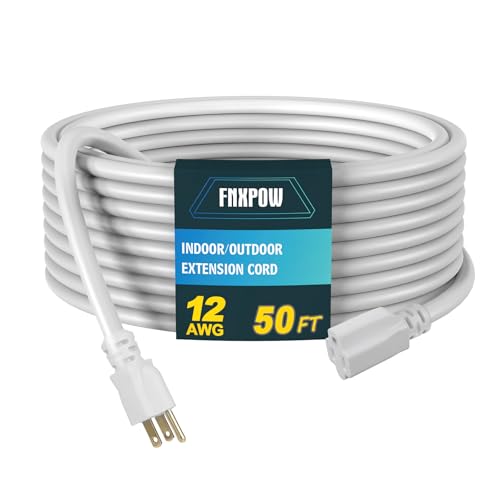First, I recommend draining the water from the unit after you’ve finished using it. This action prevents freezing and potential damage to internal components. Disconnect all hoses, nozzles, and accessories, ensuring that no residual water remains inside.
Next, treat the water pump with antifreeze. Look for non-toxic pump-friendly antifreeze solutions available on the market. This step safeguards the system, keeping it in optimal condition until spring. Pour the solution into the inlet of the water pump, following the manufacturer’s instructions for the correct amount.
Another critical point is the fuel system. If your device runs on petrol, ensure you use a fuel stabiliser to prevent degradation during cold months. Alternatively, you may decide to drain the fuel completely and run the engine until it stalls. This guarantees that no old fuel compromises the engine’s performance when it’s time to use the unit again.
Finally, store the machinery in a dry, insulated location, away from extreme temperatures. Covering the equipment with a protective tarp or placing it in a dedicated storage box will shield it from dust and other environmental factors that could lead to deterioration.
Preparation Steps Before Storing
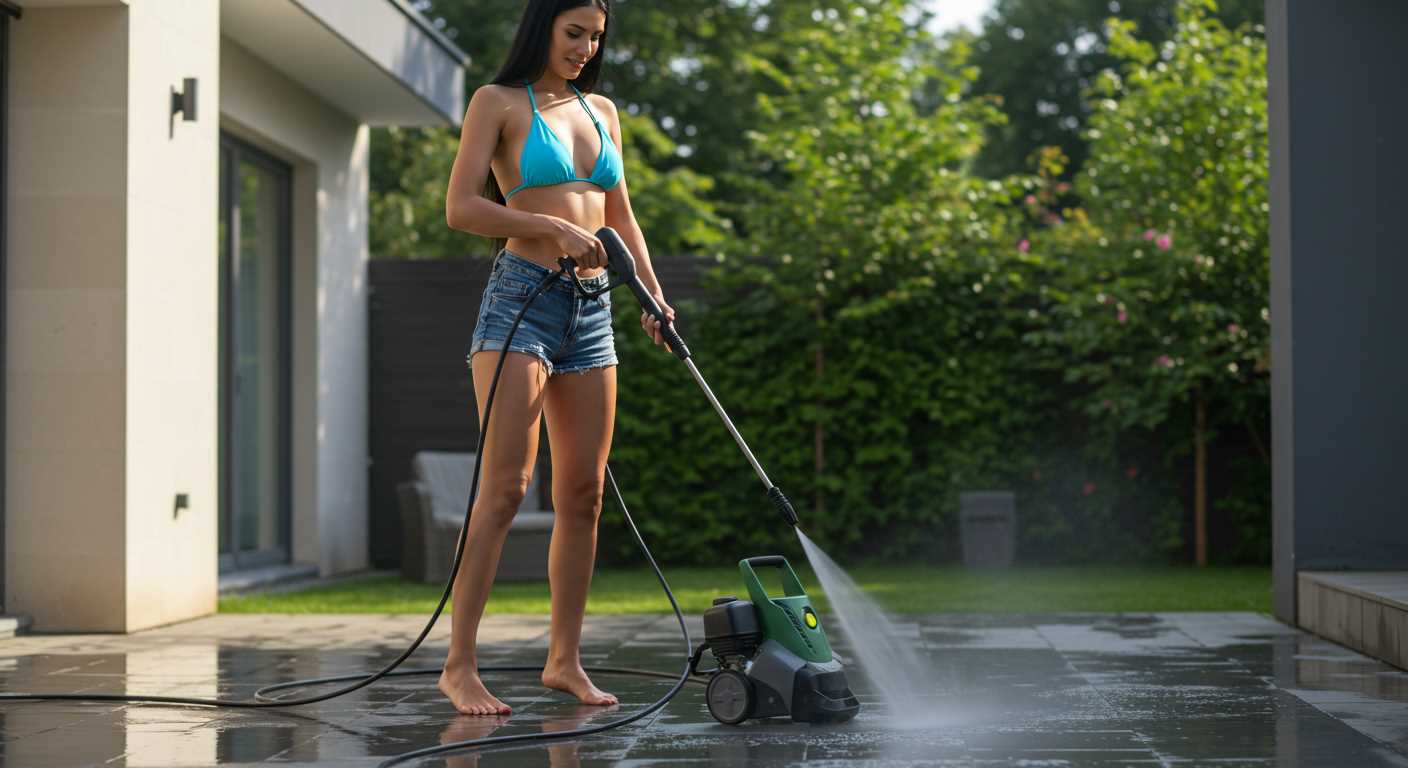
First, drain all water from the system by running it briefly without the nozzle attached. This action prevents any remaining liquid from freezing and causing damage. Next, remove any attachments and accessories, thoroughly cleaning them to avoid mildew or residue buildup.
Fuel System Maintenance
If the device uses fuel, it’s crucial to add a fuel stabiliser to the tank. This practice helps prevent gumming and ensures easy starts when it’s time to use it again. Alternatively, consider draining the tank completely if you prefer not to use a stabiliser.
Oil Change
<p.Performing an oil change before immobilisation can prevent wear and corrosion. Make sure to use the correct type as specified in the manual, ensuring longevity and efficiency for the next season.
Protection from Elements
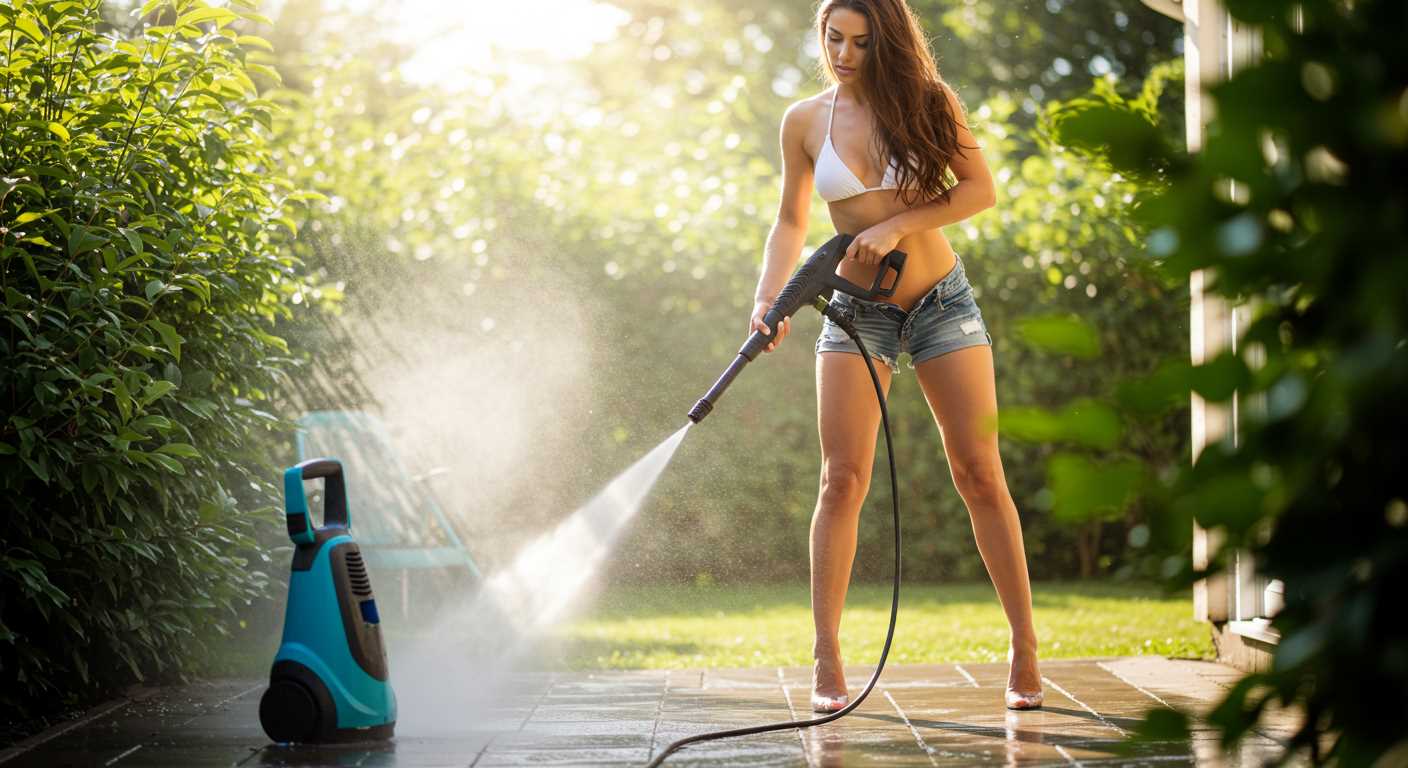
<p.Store the unit in a cool, dry area to avoid exposure to extreme temperatures. If a garage or shed isn't available, consider using a heavy-duty cover tailored for this equipment, providing additional protection against dust and moisture.
Preventing Pests
Check the storage area for potential pest problems. Utilize deterrents to keep rodents at bay, as they may cause significant harm to hoses or electrical components.
Final Check
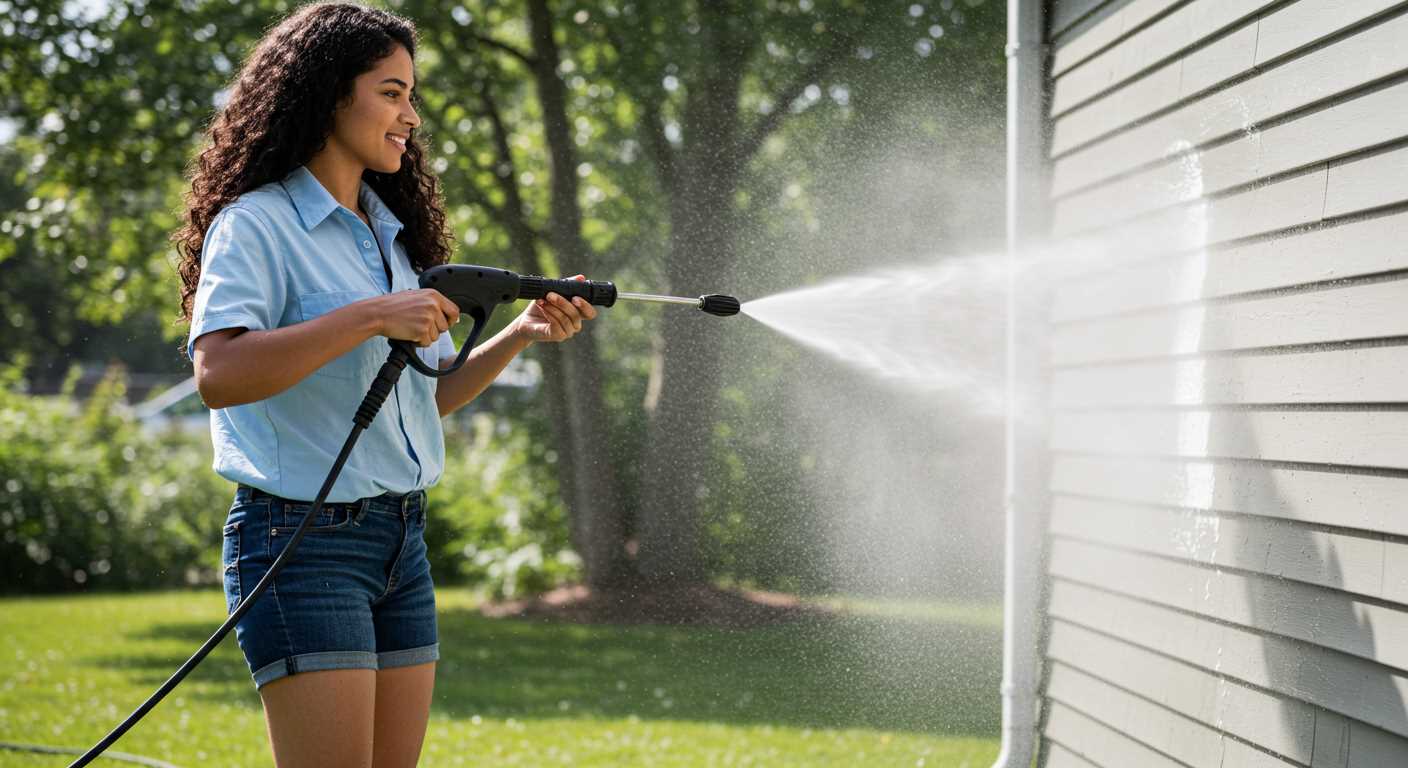
<p.Conclude by reviewing all components. Ensure that everything is secure and that your machine is ready for use with minimal effort when the season changes. This proactive approach saves time and effort when resuming tasks.
Drain the Water from the Pump
Begin by disconnecting the water supply. Ensure the unit is switched off and unplugged to prevent any accidents. Next, locate the drain plug on the pump – this is usually situated at the base of the unit. Place a bucket or container beneath the plug to collect the expelled water.
Carefully unscrew the drain plug and allow all water to flow out completely. If your model is equipped with a pressure relief valve, consider opening it to expedite the drainage process. Ensure no moisture remains within the pump, as any trapped water can freeze and cause damage during colder months.
After draining, replace the drain plug securely. This simple task safeguards the pump from potential issues, ensuring that your equipment is ready for operation when needed again. Regularly performing this maintenance step extends the lifespan of the machine significantly.
Add Anti-Freeze Solution
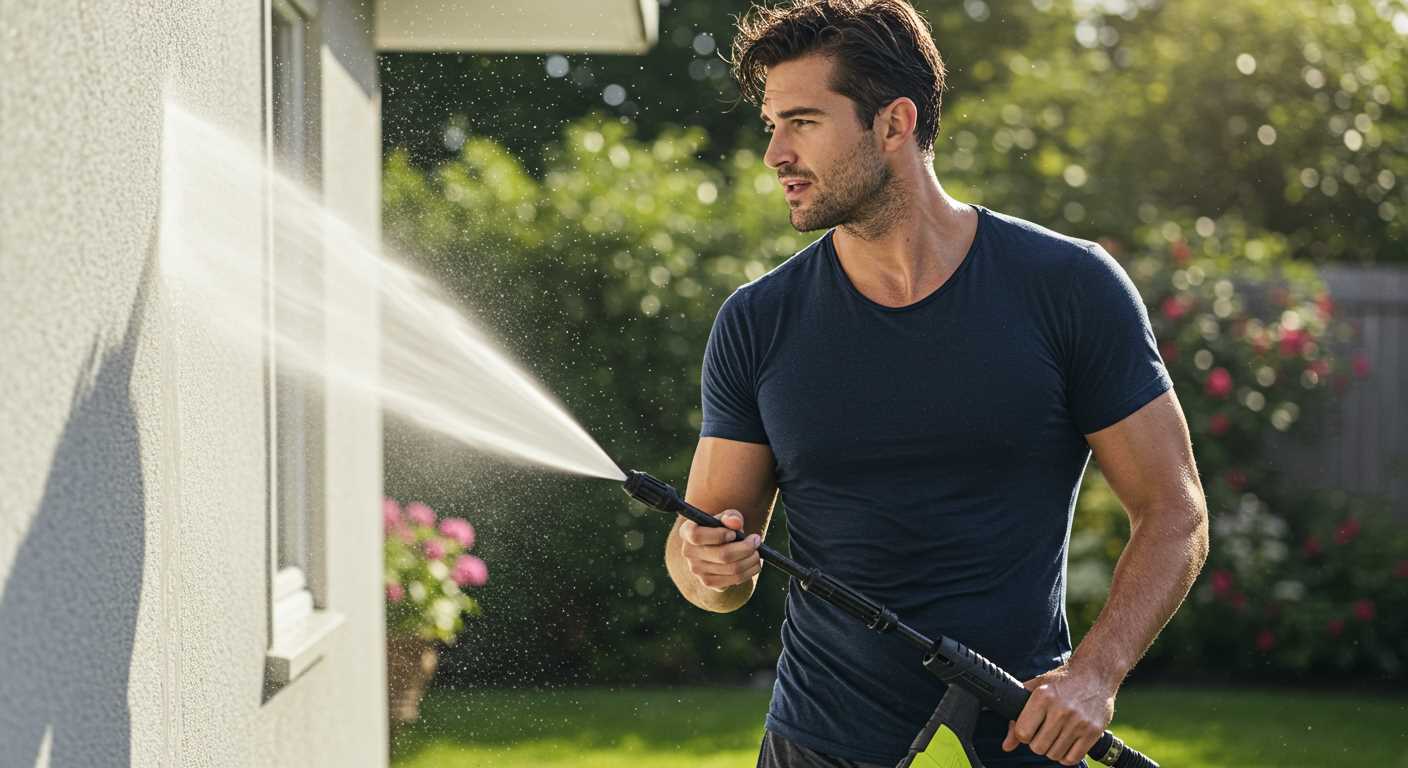
To safeguard your equipment, incorporate an anti-freeze agent into the water system. Use a non-toxic solution specifically designed for cleaning machinery. This prevents any residual moisture from freezing, which could cause serious damage to internal components.
Before introducing the anti-freeze, ensure that the entire water circuit has been emptied as detailed in the previous sections. Once cleared, follow the manufacturer’s instructions to add the anti-freeze through the inlet. Typically, running your machine briefly will help circulate the solution throughout the internal parts.
After applying the anti-freeze, it’s advisable to disconnect all hoses and attachments. Store the unit in a dry, temperature-controlled location to maintain the integrity of the anti-freeze solution. Regularly check for any leaks or signs of wear during the off-season to ensure everything remains in top condition.
Clean the Nozzle and Hose
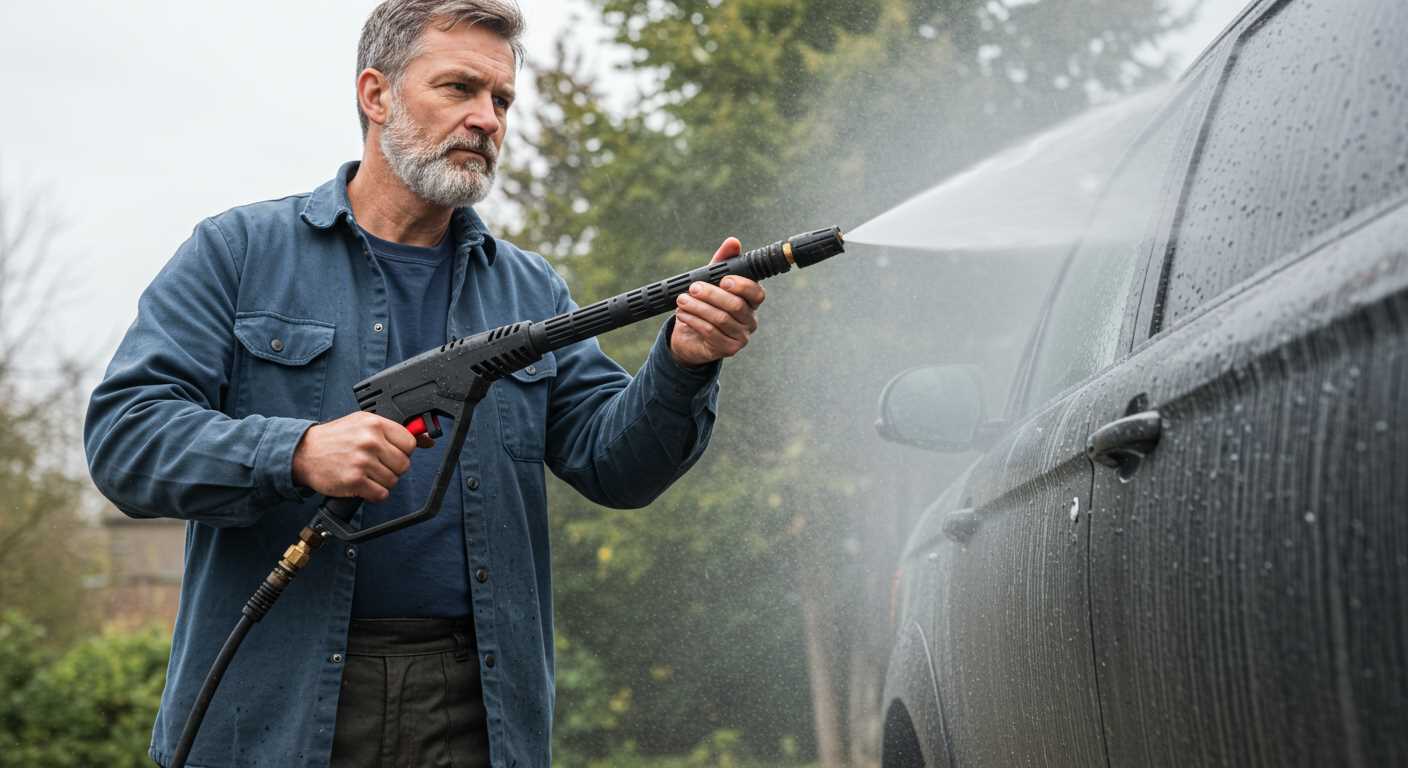
Begin with removing the nozzle from the lance. Inspect it for debris, mineral build-up, or other obstructions. If you notice blockages, use a toothpick or a soft brush to gently remove them. Rinse the nozzle thoroughly under warm water.
Hose Maintenance
Next, focus on the hose. Check for kinks or damage that could impair functionality. Flush it out by connecting it to a water source and letting it run for a few minutes. This will help eliminate any residual particles or contaminants.
Final Steps
- Ensure both the nozzle and hose are completely dry before storage.
- Store the hose neatly, avoiding tight bends that could cause damage.
- If possible, keep the nozzle cap on to prevent dust from entering.
This routine care prevents clogs and potential issues, ensuring optimal performance when the season for use returns.
Disconnect and Store the Power Cord
Unplugging and coiling the power cord properly can prevent potential damage during storage. Begin by disconnecting the cord from the outlet and the machine itself. Ensure that you handle the cable gently to avoid fraying.
Best Practices for Cord Management
Use the following techniques to keep the power cord in good condition:
| Technique | Description |
|---|---|
| Coiling | Wrap the cord in large loops, avoiding tight twists. This method reduces stress on the wires. |
| Storage | Place the coiled cord in a dry, cool location, preferably in a container or bag that keeps it safe from moisture and pests. |
| Inspection | Before storing, check the entire length for any signs of damage, such as cuts or exposed wires, as these can pose hazards. |
Following these guidelines can significantly extend the life of the electrical components and ensure reliable operation for the upcoming season. Make it a habit to inspect and maintain the cord regularly, especially before winter storage. With proper care, the power cord will be ready for use when needed again.
Choose an Appropriate Storage Location
Identify a dry and temperature-regulated environment for placement. A garage or basement usually works best, as these areas are protected from extreme cold or moisture. Ensure the space is free from direct sunlight and excessive humidity, which can lead to corrosion over time.
If possible, elevate the machine off the ground. A shelf or platform keeps it away from potential flooding or dampness. Additionally, covering the equipment with a breathable tarp can prevent dust accumulation while allowing moisture to escape, reducing the risk of mildew.
Avoid areas near windows or doors where temperature fluctuations are more common. Placing the unit against an interior wall can help maintain a consistent temperature. Also, consider accessibility for future use. Ensure it is easy to retrieve the equipment when needed, without having to navigate through clutter.
Finally, if using an outdoor shed, confirm that it is insulated and offers protection from freezing conditions. Proper ventilation in any enclosure will also help in maintaining a suitable atmosphere for the preservation of your cleaning apparatus.
Inspect and Maintain for Next Use
Conduct a thorough inspection of components before the next operation. Check the nozzles for clogs or damage; a clean nozzle optimises spray performance. Ensure all fittings and connectors are not cracked or worn out; replace any damaged parts to prevent leaks.
Examine hoses for signs of wear, kinks, or bulges. Any imperfection may lead to further damage when the machine is next active. Store hoses flat or coiled loosely to avoid permanent bends that could compromise functionality.
Inspect the engine or motor for fuel residue or leaks. Clean any accumulated grime and ensure cooling vents are free of debris. Consider consulting the user manual for specific maintenance recommendations tailored to your model.
After inspection, apply lubricant to moving parts according to the manufacturer’s guidelines. This helps to maintain optimal performance and extend the life of mechanical components. Document any maintenance performed for future reference.
Performing these checks and maintenance not only prepares the equipment for efficient operation but enhances longevity. Regular upkeep ensures that when it’s time to use the equipment again, it’s ready to perform at peak levels.

